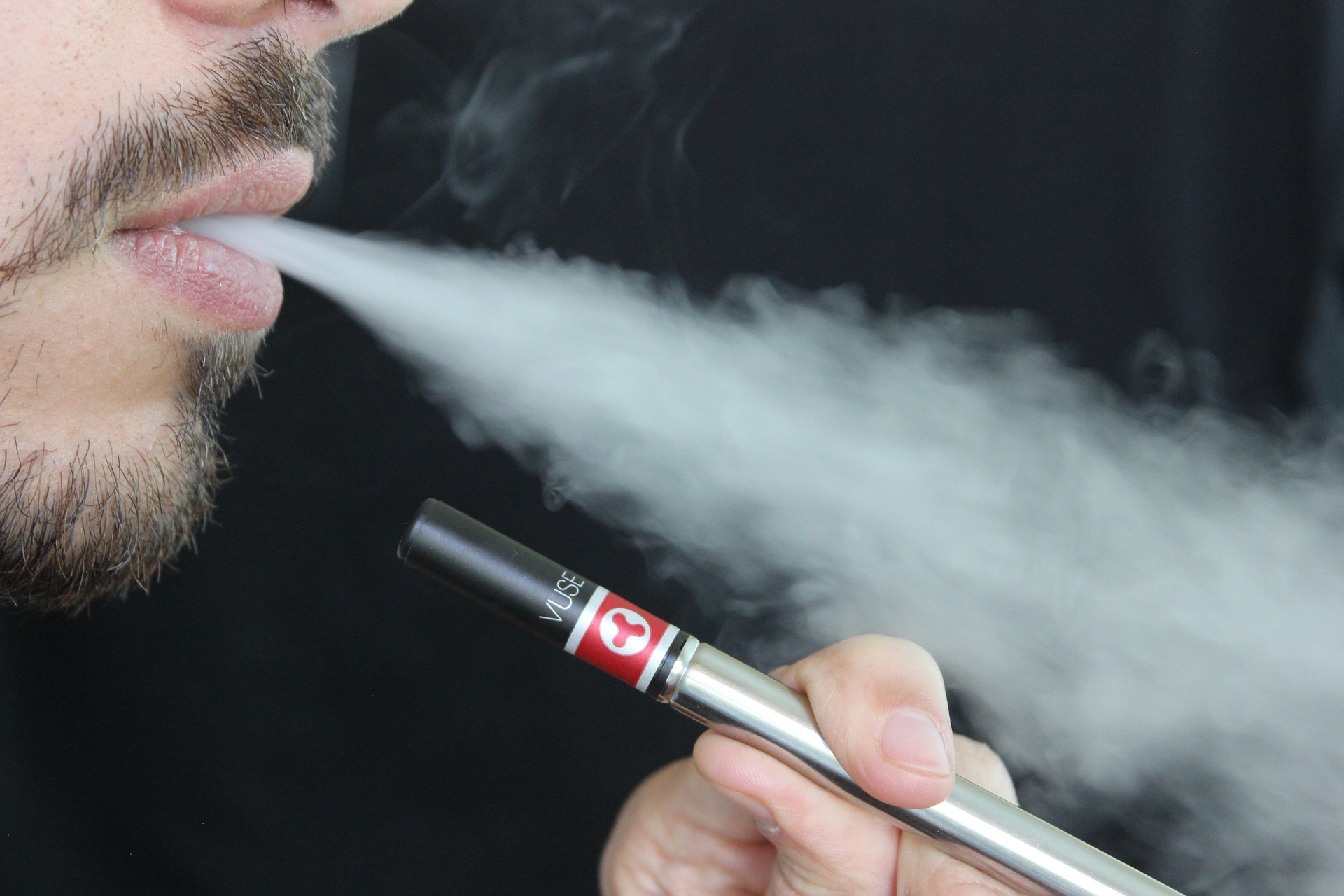
At present, vape retailers and manufacturers are unable by law to advertise their products. However, that’s all about to change. In 2018 the Committee of Advertising Practice (CAP) and the Broadcast Committee of Advertising Practice (BCAP) consulted with a number of organisations regarding e-cigarette advertising legislation. The organisations included public health charities, governing health organisations and tobacco industry leaders and gave them an opportunity to voice their opinions about a reform. The consultation process addressed two key factors. The first was whether they agreed with the removal of the prohibition of advertising e-cigarettes and if not, why. The second was, if advertising was legal, how advertisements should be constructed and what regulations should be kept in place.
Many organisations were in favour of the reform, including the likes of Public Health England (PHE), ASH, the UKVIA and the Royal College of Physicians. The key points they raised in favour of the reform related to the relative safety of vaping compared to conventional cigarettes. It’s a common misconception that vaping and smoking are equally as harmful as each other when in fact e-cigarettes have been proven to be a safer alternative to smoking.
Since then, the regulations have been reformed and advertising e-cigarettes will soon become legal. The knock-on effect this will have for both consumers and vape retailers is huge. The logic behind being able to promote e-cigarettes was that smokers could be better informed and alleviate some of the concerns of those who may benefit from using an e-cigarette. While they can’t be promoted as “healthy” they can be advertised as a means for smoking cessation. In 2018 there was a 13% increase in the number of smokers who perceived vaping being as unhealthy as their smoking habit. The end goal and result of e-cigarette advertising should be education, rather than attracting a new demographic into using nicotine products.
Some parties that were consulted argued that the research conducted showing e-cigarettes are 95% safer than smoking should be enough promotion alone. As e-cigarettes are a relatively new product, many parties main concern over promoting them was the lack of long term studies. To compensate for this, given the huge variation in both e-liquids and e-cigarette ranges, when a retailer wants to advertise, their advert needs to be submitted and approved on a case by case basis. Wording must be carefully done and only express the scientific facts and cannot expressly “promote” a brand or flavour. The idea is that advertising needs to appeal to a very niche group of people – current smokers only rather than non-nicotine users or minors.
While the advertising reforms are due to come into effect very shortly in the UK, advertising online is still prohibited. Google and Facebook still classify vaping and e-cigarettes as a tobacco product meaning you won’t be seeing adverts for vapes on any non-vape related websites any time soon. Pay per click isn’t allowed meaning any visibility vape brands get online has to come exclusively from vape related sources or organic traffic including things like blog content and social media.
The vaping industry is growing at a rapid rate, with a 30 fold increase in vape shops opening on the high street in 2018 alone. 2018 also saw the total number of vapers in the UK break the three million mark, 1.5 million of whom have quit smoking entirely due to vaping. While there is ongoing contention of the long term effects of vaping, the research shows it’s significantly less harmful than combustible cigarettes. With around 120,000 people dying a year in the UK due to smoking-related illnesses, the legislation change may now help inform the remaining 9.4 million smokers decide whether vaping is right for them.